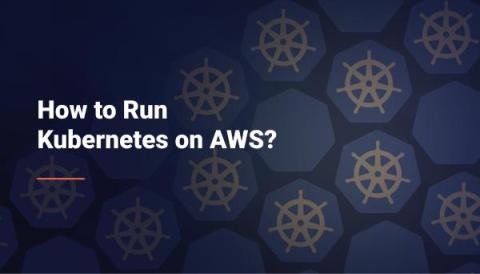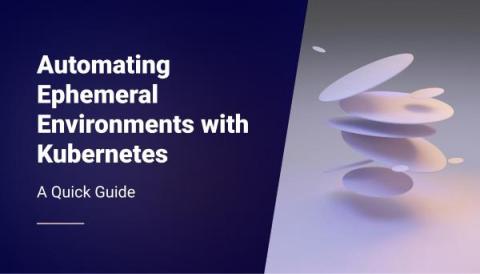Transforming Kubernetes into an Internal Developer Platform in 10 Minutes
An Internal Developer Platform (IDP) is a powerful tool for providing self-service infrastructure for developers. It allows developers to manage application lifecycles without the constant need for IT team involvement, streamlining the process from development to production. With its widespread adoption, Kubernetes has become the standard for running application workloads across various organizations.











